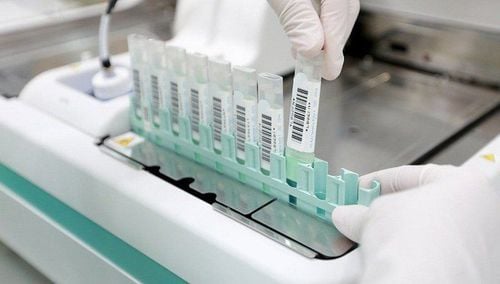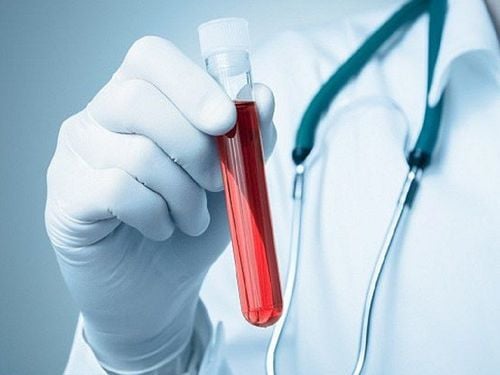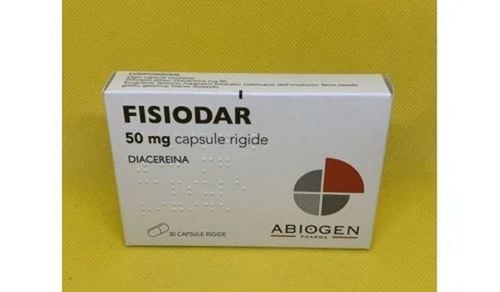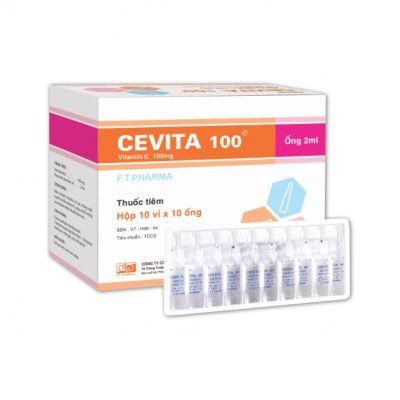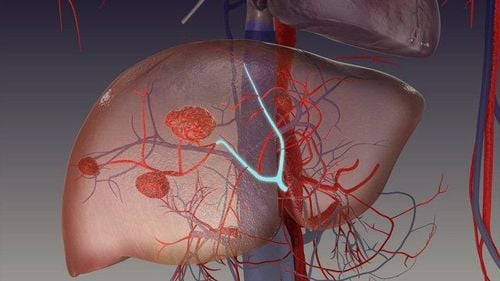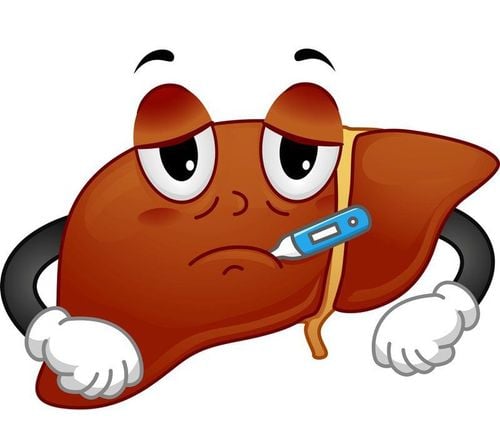This is an automatically translated article.
Cold agglutinin disease is a rare type of anemia, a condition that occurs when your body doesn't have enough red blood cells. This phenomenon is usually noted when your body temperature drops below normal.
1. What is the cold agglutinin test?
This is a blood test that measures the amount of cold agglutinin in your blood. The test is also done by exposing a blood sample to different temperatures to help your doctor figure out at what temperature your red blood cells start to clump.
First you will have the nurse draw blood with a needle. The blood is then diluted and divided into different test tubes. Your blood sample will then be cooled at various low temperatures to determine if clumping of red blood cells has occurred.
Why do I need to do this test? Your doctor may order a test if he suspects you have cold agglutinin based on your symptoms. High levels of cold agglutinin can lead to hemolytic anemia. Along with other symptoms of cold agglutinin disease, hemolytic anemia can lead to problems such as an irregular heartbeat or an enlarged heart.
Cold agglutinins are found in the blood of most people, but at high levels they can lead to cold agglutinin disease. These may be the result of an infection, autoimmune disease, or cancer.
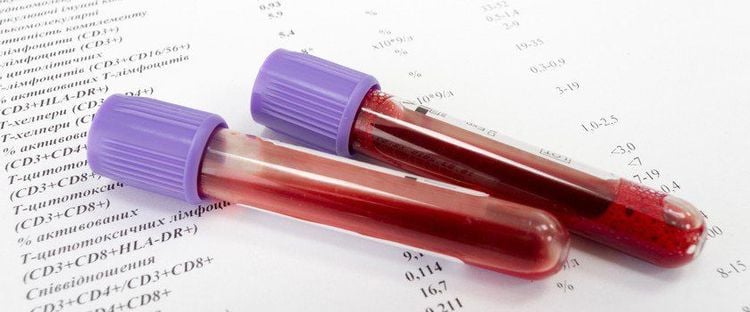
Xét nghiệm máu để đo nồng độ Agglutinin lạnh
2. How is cold agglutinin diagnosed?
If you have symptoms common with cold agglutinin disease (weakness and fatigue, pale skin, headache, dizziness, purple or blue fingers and toes, dark urination, stomach problems) stomach or digestive tract), your doctor's first advice is to have a blood test done to see if you're anemic.
They will then recommend other tests to find the specific cause. Your doctor may perform the following steps in the diagnostic procedure for cold Agglutinin.
2.1. Physical exam Your doctor will check the size of your spleen, which captures and recycles dead red blood cells. If the spleen is larger than normal, it is a sign that the red blood cells are dying too quickly.
2.2. Bilirubin test Bilirubin is a substance made when red blood cells are broken down. Blood tests can show if you have a higher than normal level of Bilirubin. It could be a sign that too many red blood cells are being destroyed.
2.3. Haptoglobin test Hemoglobin, also known as hemoglobin, is a protein that carries oxygen from the lungs to the rest of the body. Haptoglobin is another protein that attaches itself to hemoglobin (hemoglobin) produced when red blood cells die. Once they bind together, the liver pushes them out of your body. If too many red blood cells die, it can lead to low blood levels of haptoglobin.
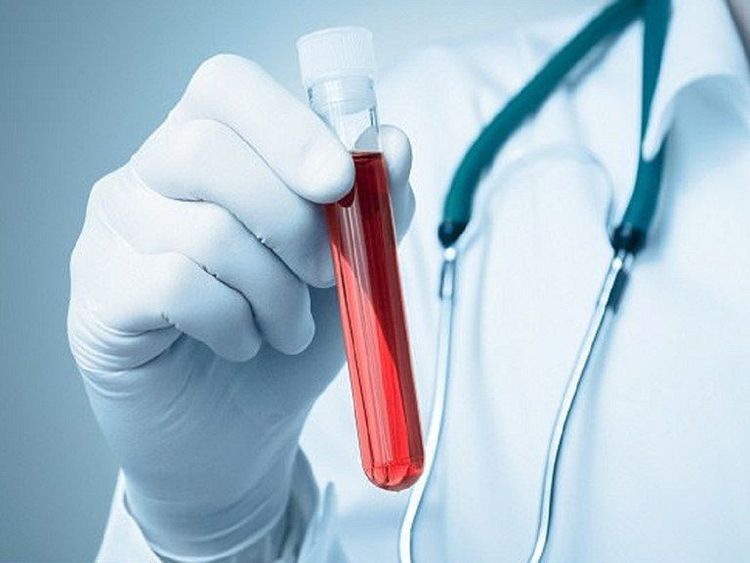
Xét nghiệm Haptoglobin là một trong những bước để xác định Agglutinin lạnh
2.4. Complete blood count With cold agglutinin disease, antibodies bind to red blood cells, causing them to clump together. This complete blood count test detects abnormally clumped red blood cells, also known as agglutination. Your doctor will also look if you have too few red blood cells or too many new red blood cells.
2.5. Blood smear In this test, lab technicians look at a sample of your blood for signs that red blood cells have been destroyed too quickly.
2.6. Coombs test This test is to find out if there are antibodies that destroy red blood cells in your blood. There are two types of Coombs test, direct test and indirect test.
With direct testing, red blood cells are separated from a blood sample and put into a process called a “wash procedure”. The red blood cells are then mixed with a substance called Coombs reagent. If red blood cells begin to clump together it could be a sign of cold agglutinin disease.
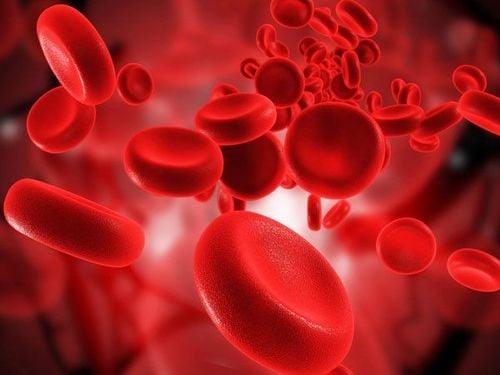
Xét nghiệm Coombs để phát hiện kháng thể phá hủy các tế bào hồng cầu trong máu
The indirect Coombs test is used only with pregnant women and those who are about to receive a blood transfusion.
Vinmec International General Hospital is one of the hospitals that not only ensures professional quality with a team of leading medical doctors, modern equipment and technology, but also stands out for its examination and consultation services. comprehensive and professional medical consultation and treatment; civilized, polite, safe and sterile medical examination and treatment space. Customers when choosing to perform tests here can be completely assured of the accuracy of test results.
If you have a need for consultation and examination at the Hospitals of the National Health System, please book an appointment on the website for the best service.
Reference article source: Webmd.com
Please dial HOTLINE for more information or register for an appointment HERE. Download MyVinmec app to make appointments faster and to manage your bookings easily.




